So how do you write a bestseller?
In this young woman’s case … she was bored.
She had broken her ankle and it was taking a long time to heal. All she could do was read.
Her husband was fed up with bringing home stacks of book from the library every day.
Why don’t you write your own book? he said and bought her a Remington Portable No. 3 typewriter.
So she did.
Her name was Margaret Mitchell, and the book she wrote - Gone with the Wind - did reasonably well for a first novel.
It sold a million copies in its first 6 months, won the Pulitzer Prize and became the best picture of 1939.
It was the only novel she ever published in her lifetime; she was the classic one hit wonder.
Yet writing was in her blood. She wrote endless stories as a child - her mother collected them all in white enamel bread boxes.
When she went to Atlanta’s Washington Seminary School she joined the Literary Club and had two stories published in the yearbook: Little Sister and Sergeant Terry.
And at 15 she wrote a romance novella set in the South Pacific called Lost Laysen.
She gave the two notebooks containing the work to a boyfriend, who went by the unlikely name of Henry Love Angel.
That might have been the end of her literary career, for Mitchell never thought she was really all that good.
What she was good at - like Scarlett - was flirting.
In 1922 an Atlanta gossip columnist wrote that she had ‘more honest-to-goodness suitors than almost any other girl in Atlanta.’
She was engaged to five men at various times, and once dated two men at the same time - seeing them both daily.
They were Red Upshaw, and his roommate and friend, John R. Marsh.
Upshaw earned money bootlegging alcohol out of the Georgia mountains while Marsh was a copy editor for AP.
It was … Ashley and Rhett.
Scarlett married Rhett on September 2, 1922, and Ashley was best man.
Three months later the marriage was gone with the wind, because of Upshaw’s alcoholism and violent temper.
Three years later Mitchell married Marsh.
While separated, Mitchell had been supporting herself as a columnist for The Atlanta Journal.
But several months after her marriage she broke her ankle and had to resign.
It was than that Marsh bought her the typewriter and she set to work on a Civil War era novel called Tote the Weary Load featuring a heroine called Pansy O’Hara.
She wrote her story by chapters, storing them in manila envelopes, then stacking them in various places around their house.
She even used parts of it to prop up a wobbly couch.
And that might have been that.
But ten years later Harold Latham, an editor for MacMillan, visited Atlanta on a literary scouting trip. Mitchell was asked to show him around and introduce him to new writers.
She did not tell him about her own MS - she didn’t think it was good enough.
But she was incensed when she heard that another woman had said the same thing to Latham - that Margaret Mitchell could never write a novel! - and she rushed to his hotel just before he left and threw the whole mess at him.
Most of the pages were mildewed and the chapters were out of order.
It was so massive he had to buy a cheap cardboard suitcase just to carry the thing.
The next day she called him and asked for it back. He refused.
He published it instead - with a new title: Gone With the Wind. The book experienced huge success even before the first copy hit the stores.
The movie rights were sold to David O. Selznick for $50,000 - a record at the time.
When the film achieved its monumental success he decided he had underpaid her, and sent her an additional $50,000.
The book itself sold a million copies in the first six months.
Mitchell was not prepared; the phone rang off the hook, fan letters poured in - and she answered them all personally.
Did fame frighten her or did she think she could never repeat her first success?
Whatever the reason, she vowed never to write a sequel - and kept her word.
So what became of Rhett and Scarlett? “For all I know, Rhett may have found someone else who was less difficult,’ was Mitchell’s response.
She certainly didn’t need to write again; she had become a legend in her own time. Gone with the Wind has now sold over 40 million copies and according to a 2008 Harris Poll it is the second favorite book by American readers - just behind the Bible. It has been translated into 70 different languages
But its creator is long gone; she was killed by a drunk driver on her way to see a movie with her husband in 1949 .
Henry Love Angel died in 1994.
His son found the novella Mitchell wrote as a fifteen year old hidden away with some letters she had written to him.
It was published in 1996, eighty years after it was written.
It became a New York Times best seller.
So I guess she wasn’t a one hit wonder after all.
‘Spectacular historical fiction blazing with intrigue, romance and dramatic action’
- Booklist
OR SEE THE KINDLE VERSION HERE.
IT’S ALSO AVAILABLE ON BARNES AND NOBLE, KOBO AND APPLE.
If you enjoy my blog, why not sign up for the monthly newsletter?
You’ll get news of all latest releases and a chance to win free copies of some of my books. There’s no spamming guys – all you’ll get is one newsletter, once a month.



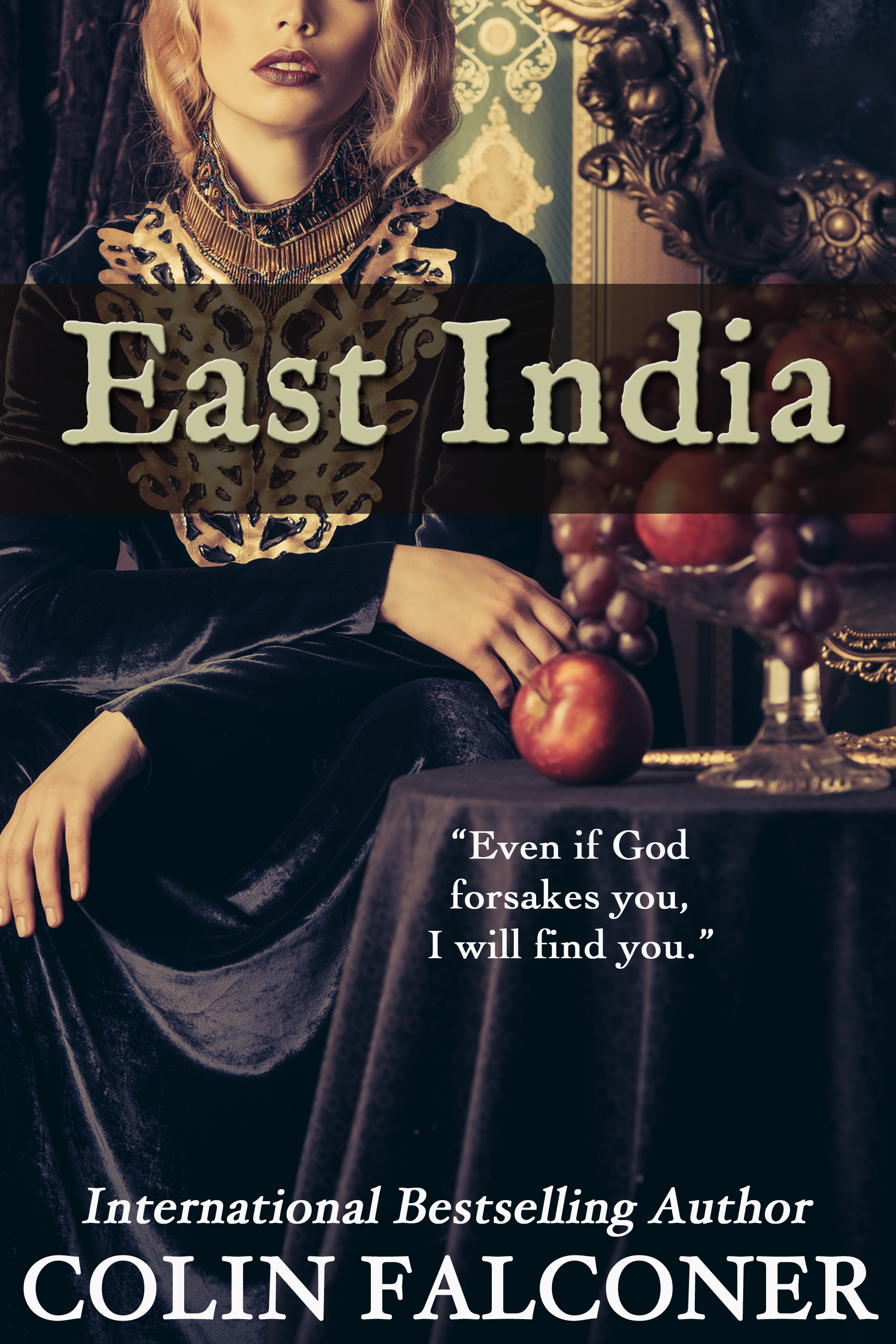
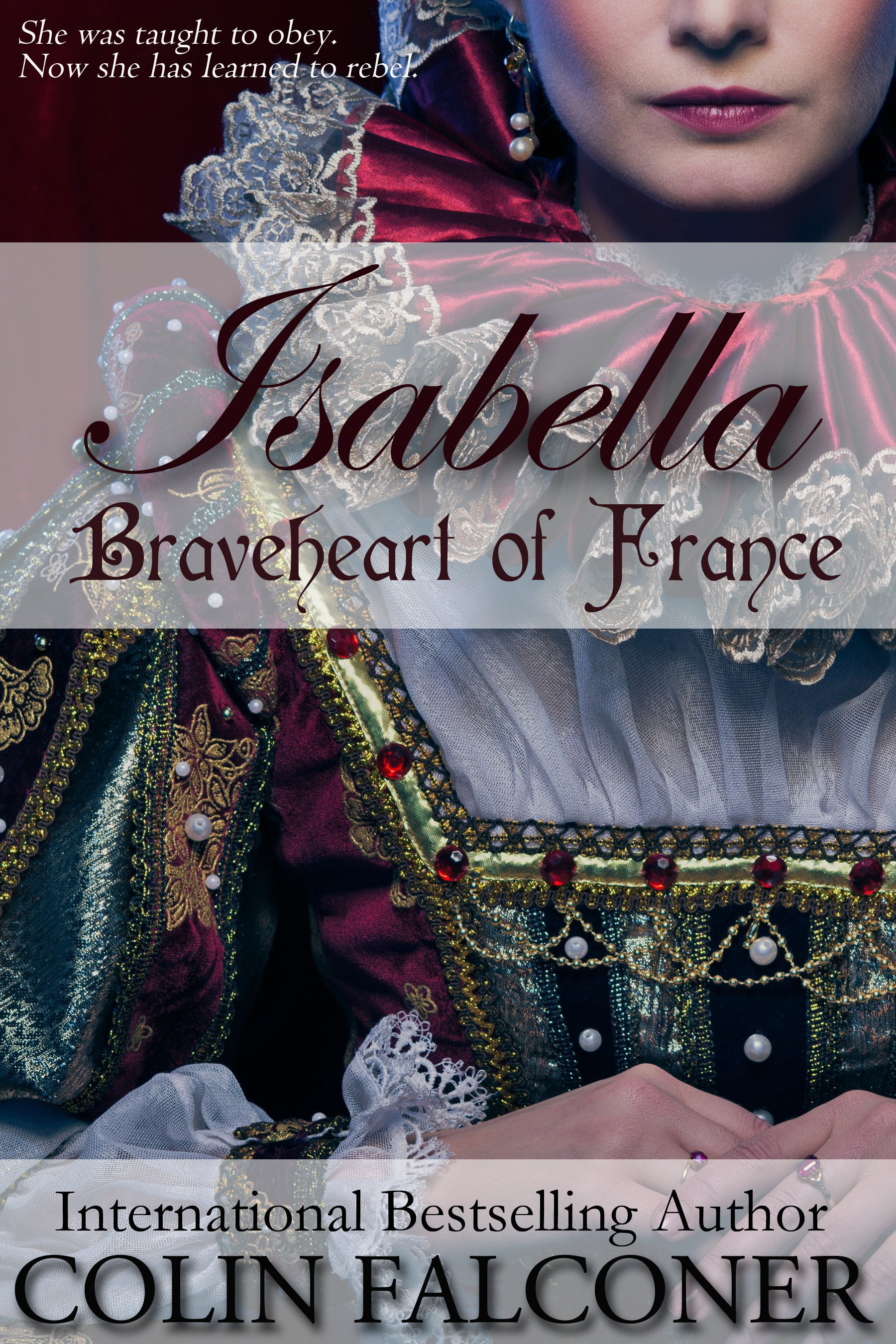
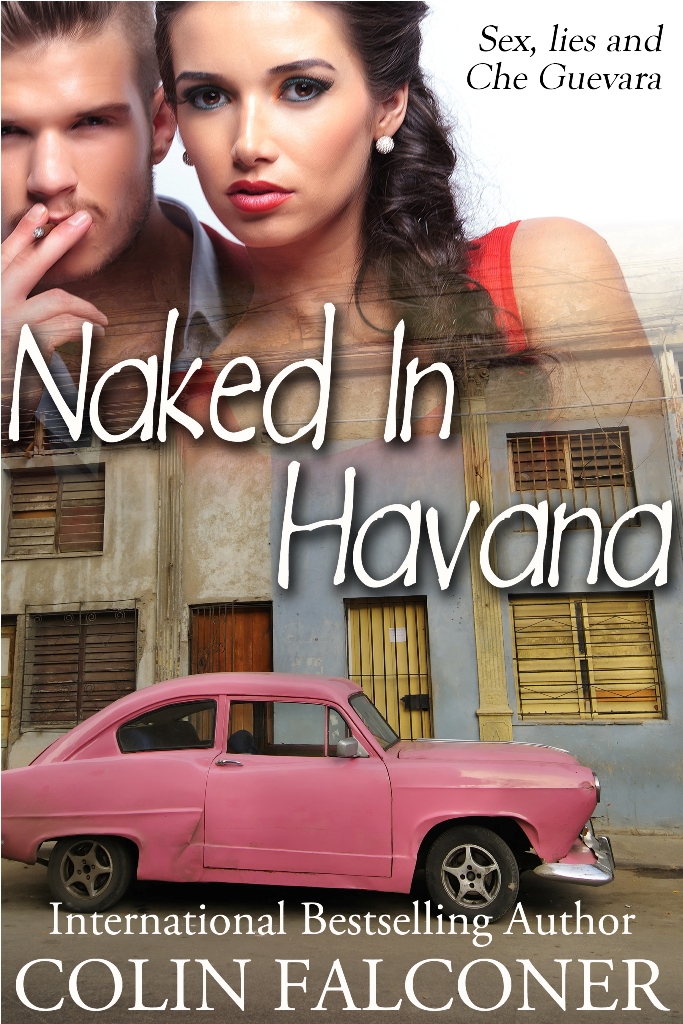

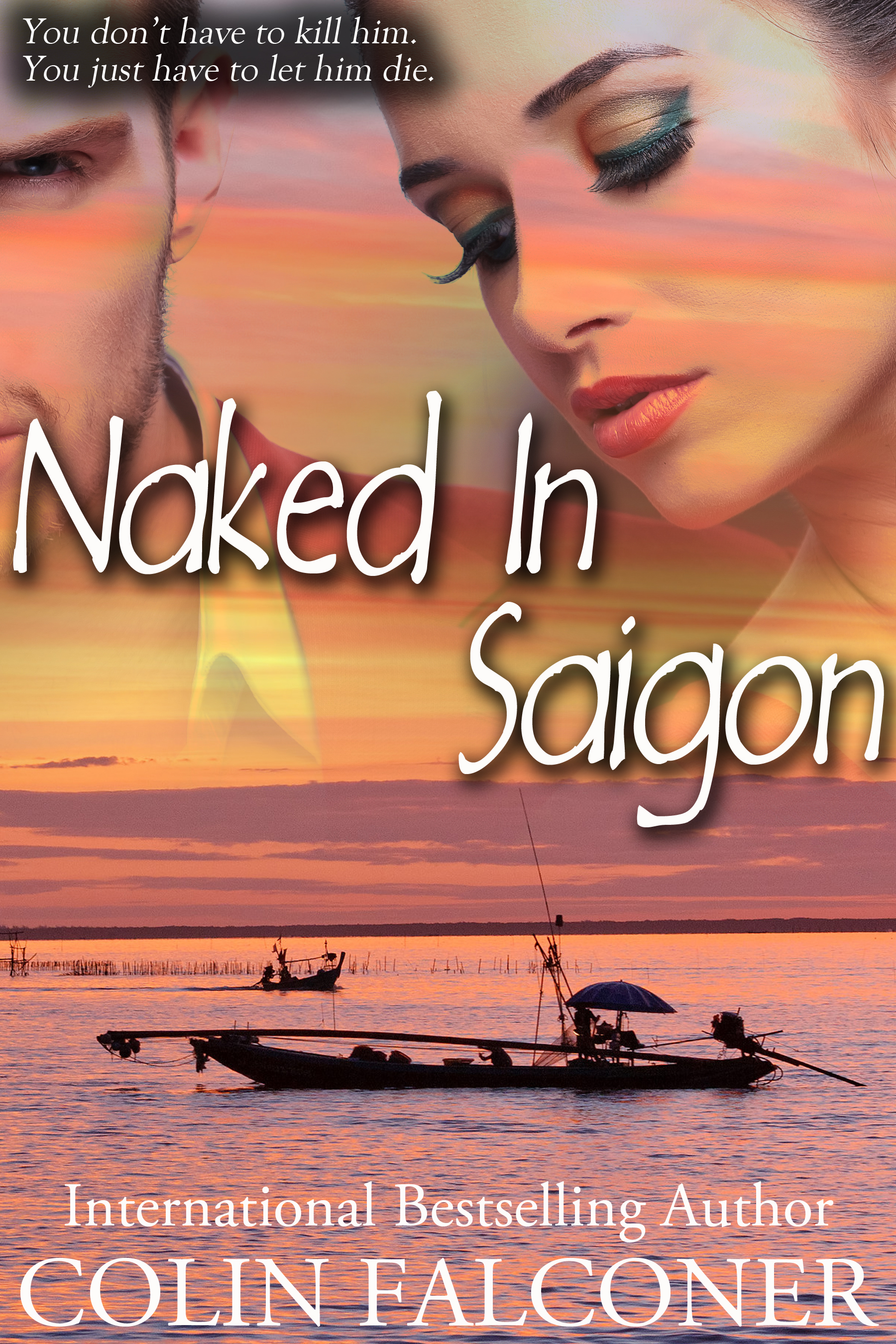
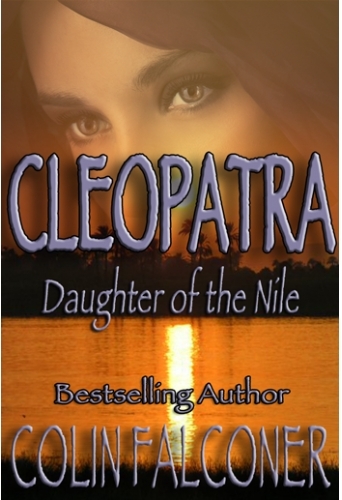
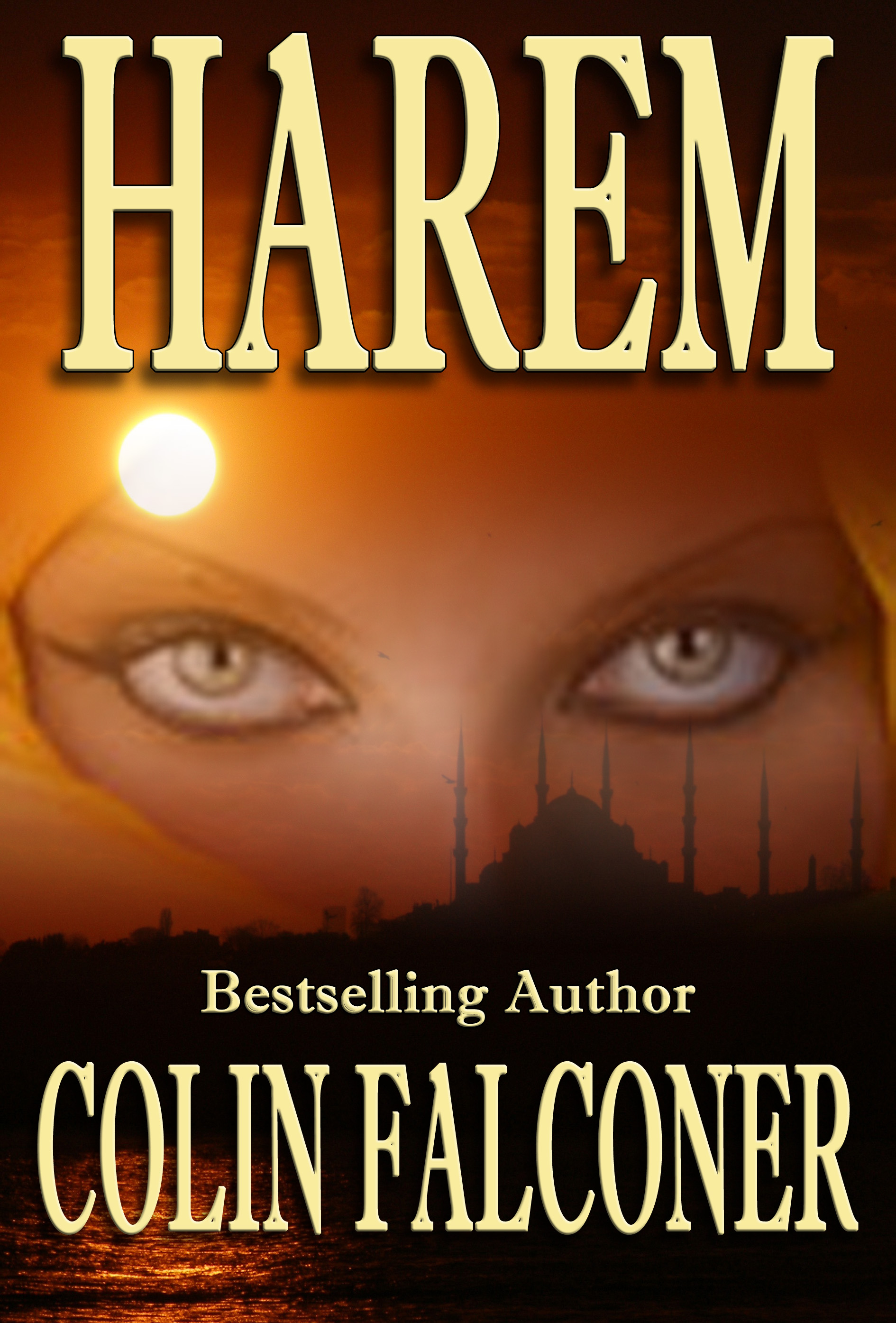




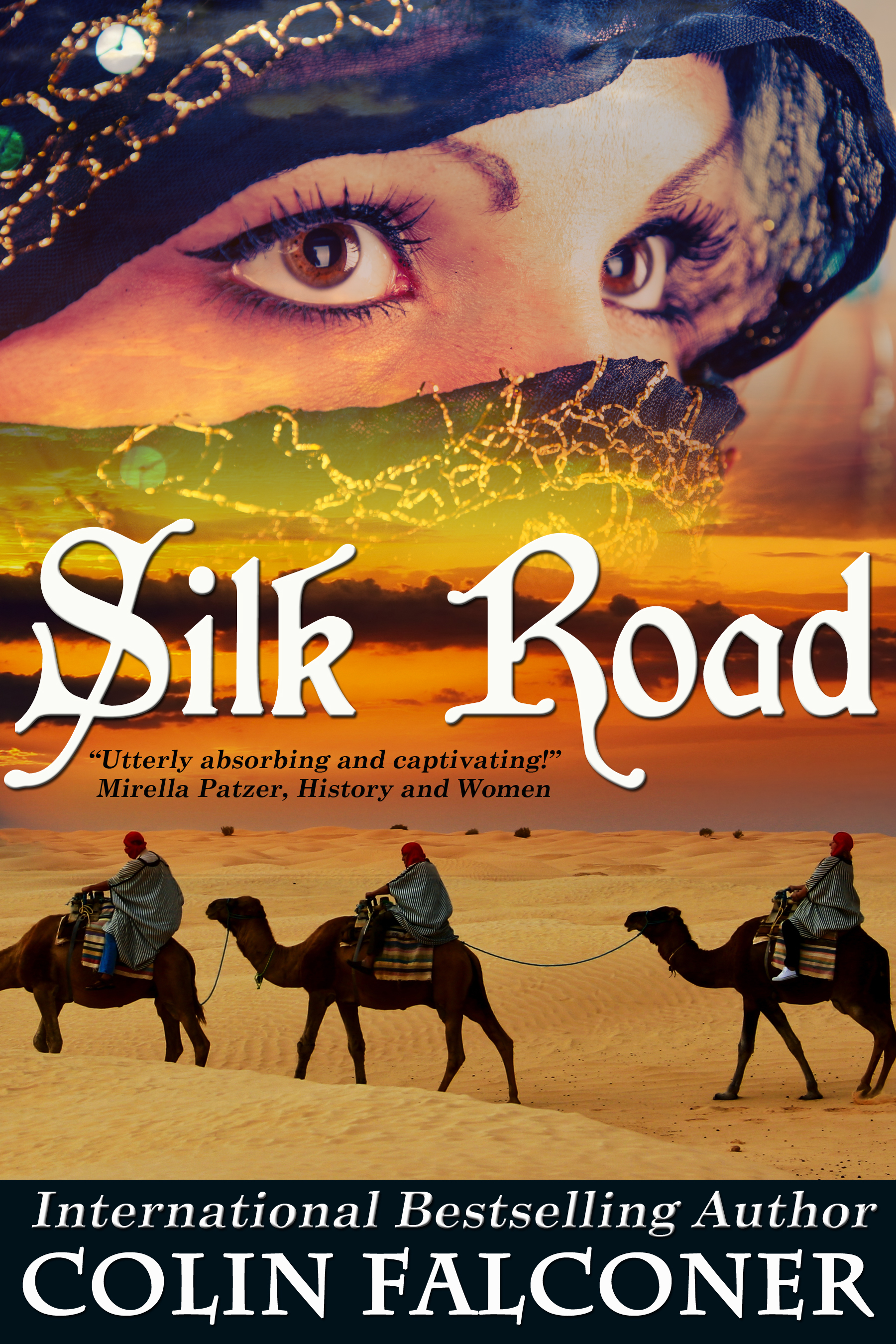






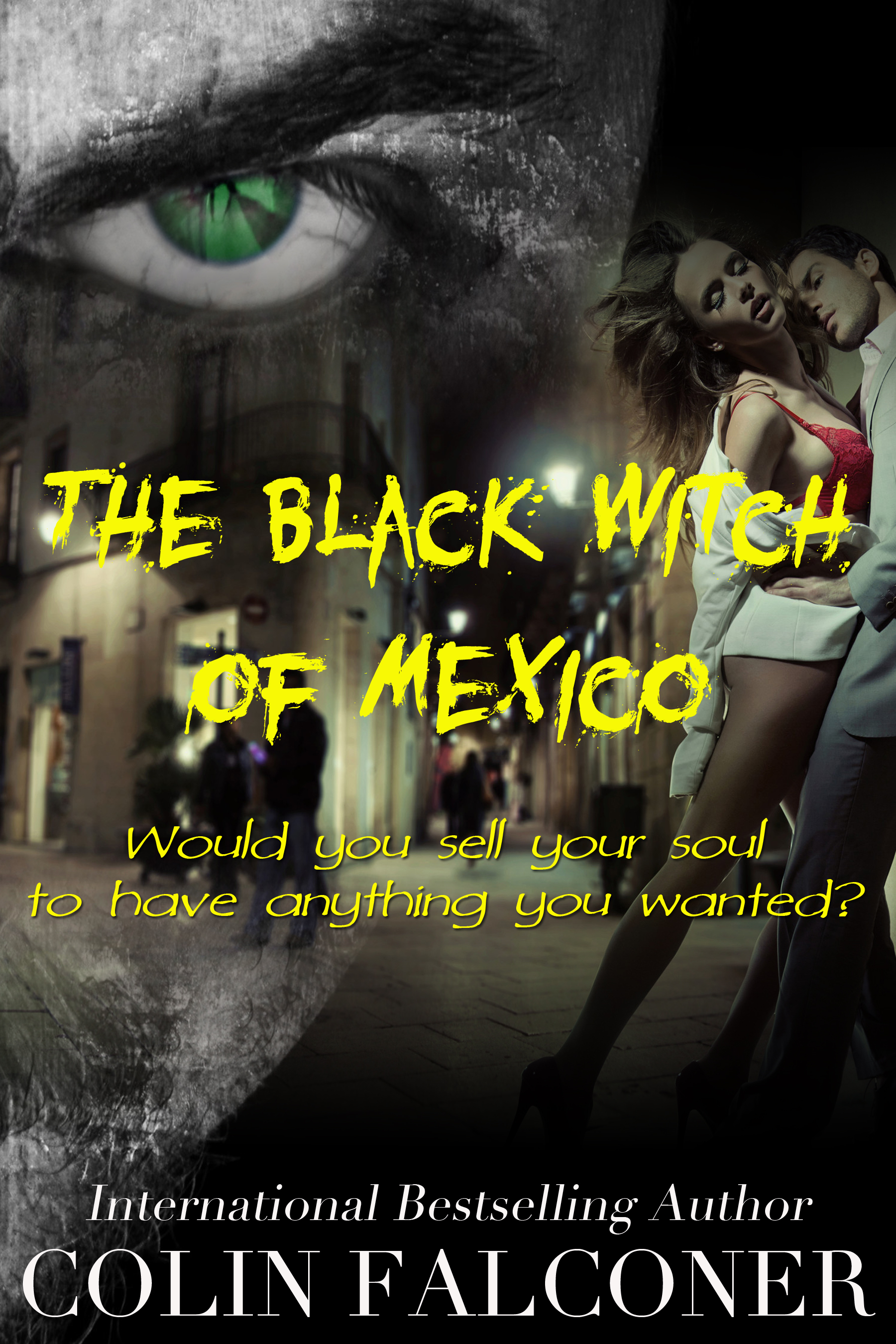
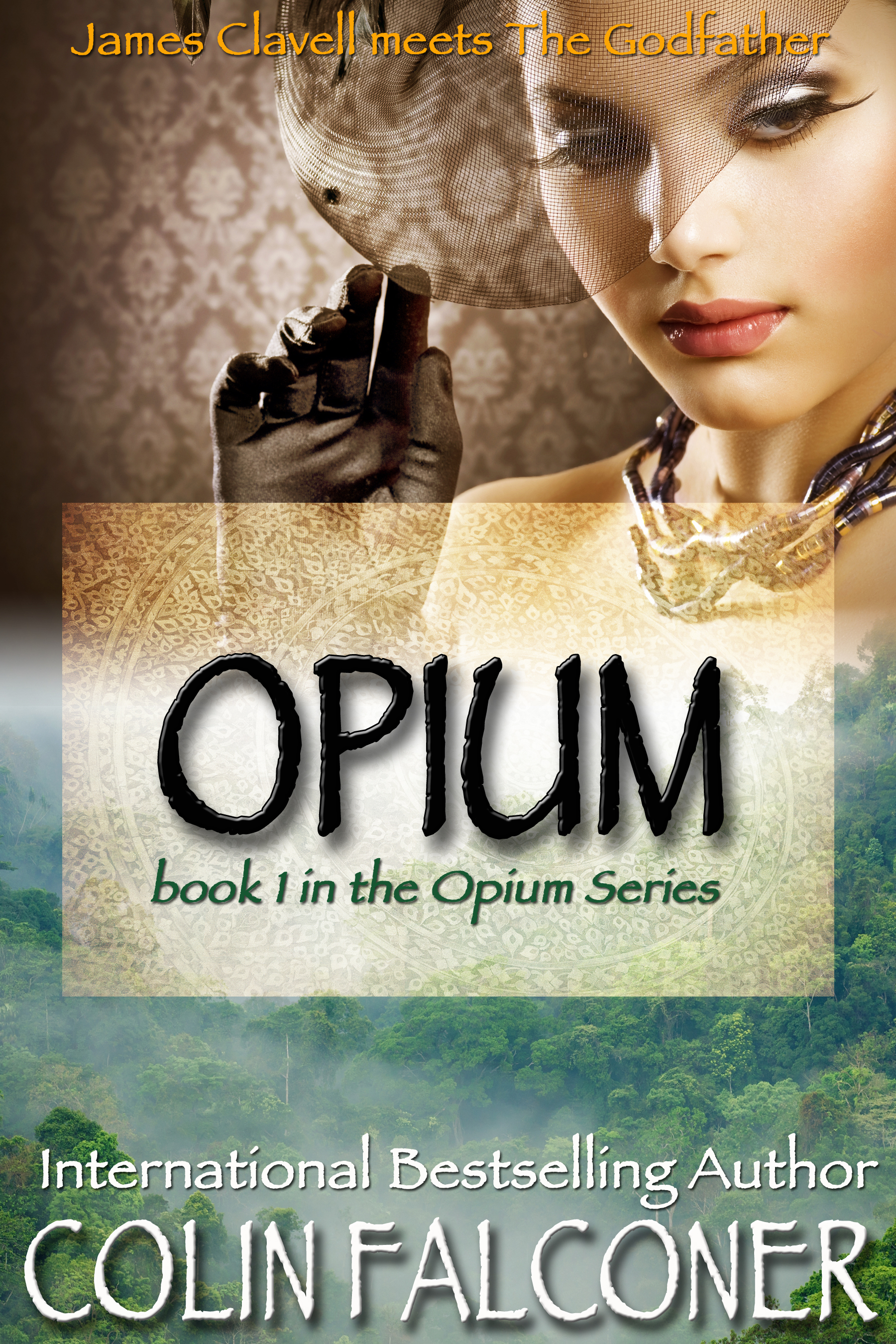

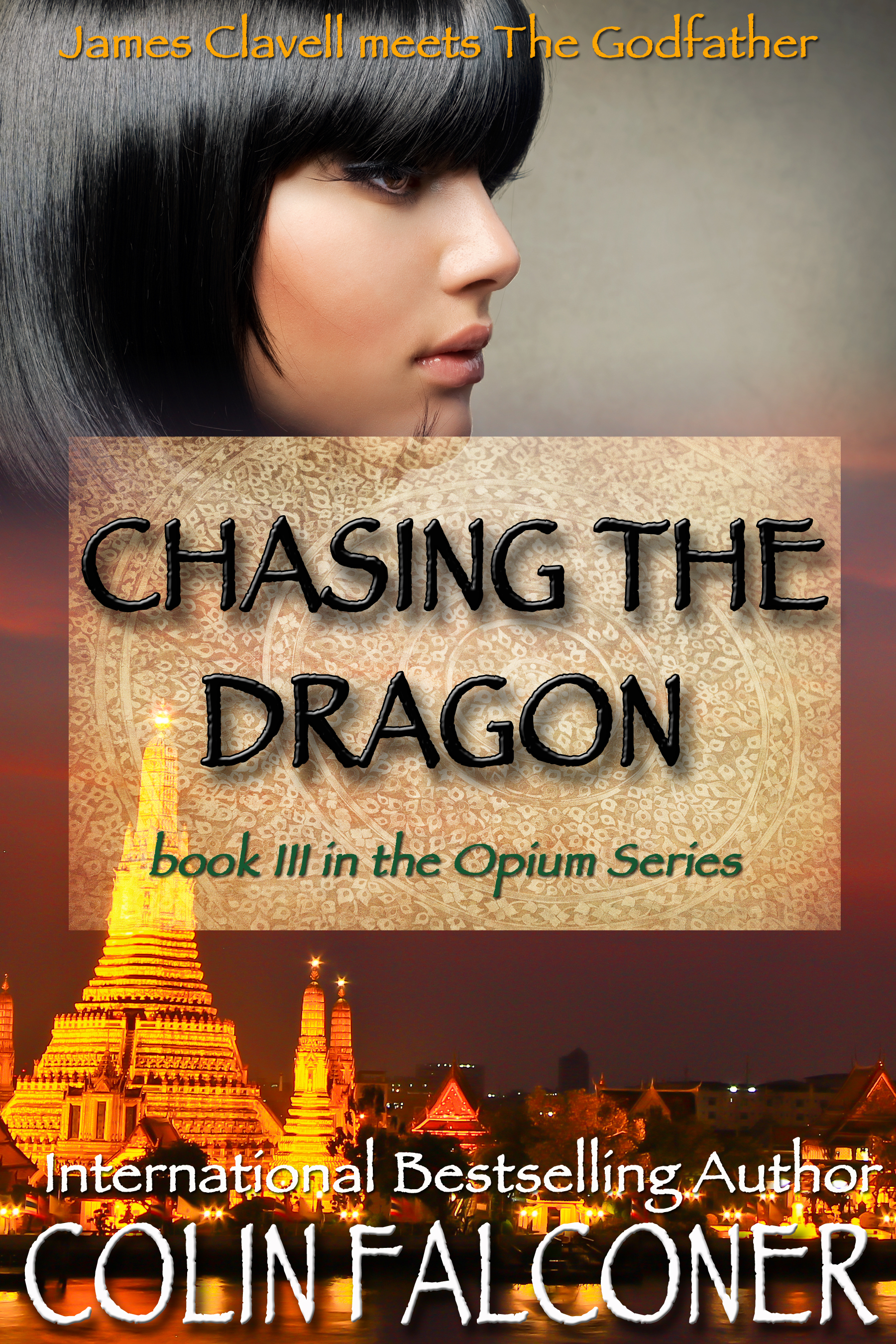
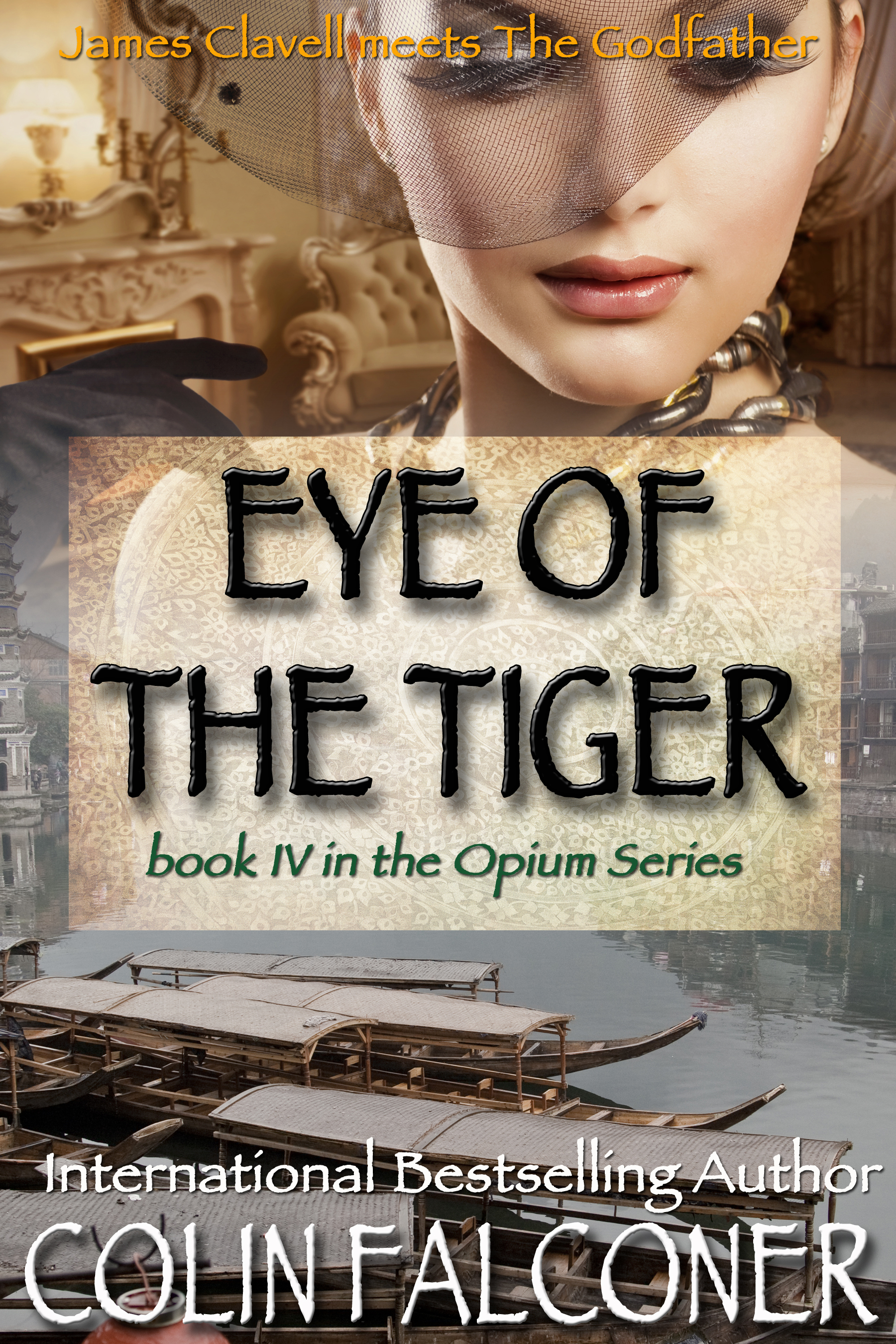





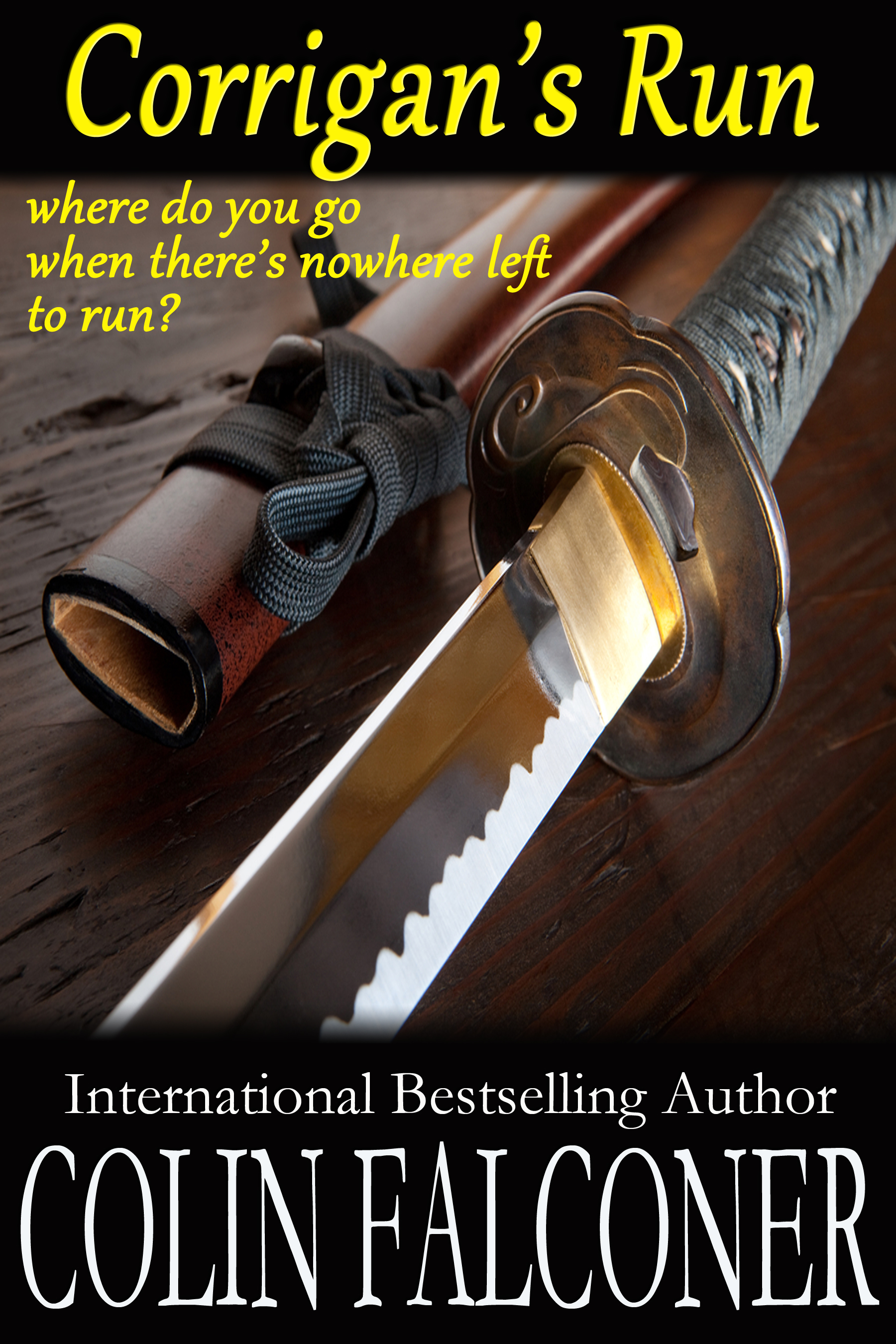
Hi Colin, What a wonderful story thank you. I think Gone With The Wind was a fantastic film and well worth all the glory it received, and the writer of the book WOW ! she certainly deserves all the praise. So thanks for enlightening us all.
Reblogged this on Ritaroberts's Blog.
Awesome story. Can you imagine any publisher saying “I didn’t pay you enough” theses days?
Cheers
It’s real nostalgia, isn’t it??
Fascinating! I didn’t know any of this. Well, other than it was her only novel.
Neither did I before I started, Julie. I was struck with how her new author neurosis came through again and again - she didn’t think she was good enough. . She had no inkling of where that book would take her.
I owe Margaret Mitchell a great debt; she helped me define myself as a writer and as a woman. Great post.
Thanks Donna.
I did know all this, or most of it, and found your post fascinating, anyway. And the photo of you is terrific! I loved your Barcelona posts, too.
Thanks Sherry. I like to include a little bit of stuff about Barcelona now and then, because this town - and this country - is so fascinating. I think Margaret Mitchell is one of those JK Rowling stories, there was a conjunction of the stars that contributed to her success, but she so deserved it anyway.
Very good article. Very inspiring. I didn’t know anything about the author of Gone With the Wind before. Thanks!
Hi.
The title of the article is great.
Interesting article. I didn’t know all the details. The notion of “underpaid” and its settlement, sounds alien today.
Fascinating, Colin. I had heard several things about Mitchell and her novel, but everything you have presented here is new to me. Today all that extra cash would most likely be shoved in someone else’s pocket.
Yes Debra, I don’t think there’s many David O Selznick’s left in the movie business!
Excellent post. Strange how things work out…
Pingback: Monday Mentions: Thrillers, Hedgehogs & Bats | Amy Shojai's Blog Monday Mentions: Thrillers, Hedgehogs & Bats | Bling, Bitches, and Blood